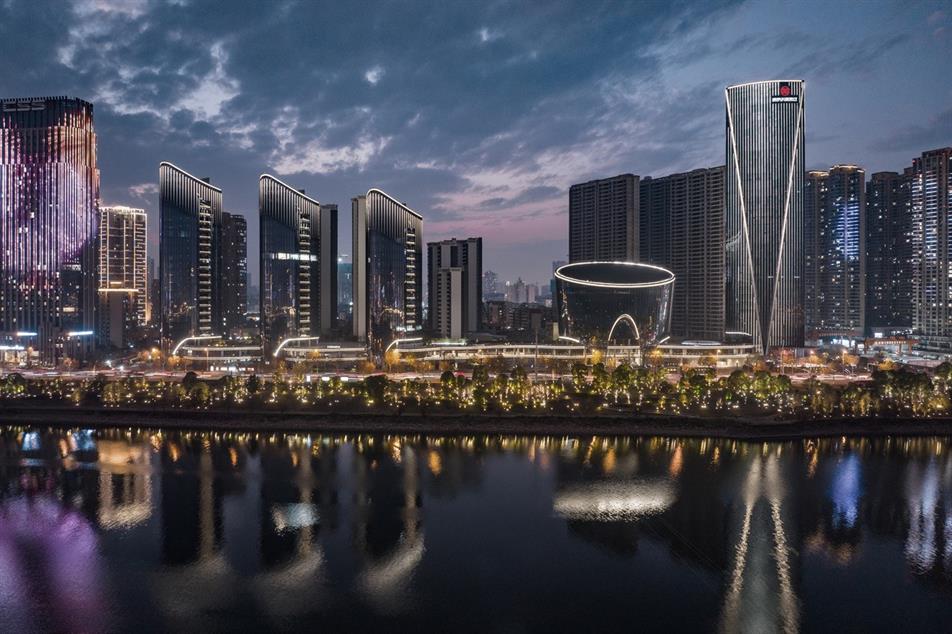China property crisis “poses a huge challenge to the survival of design companies”
WAN Awards judges operating in China reveal the current situation in the country has seen a dramatic reduction in building projects, with many architectural firms being forced to lay off staff as a result. But some believe there could be a silver lining to the downturn. Read on to find out more.
